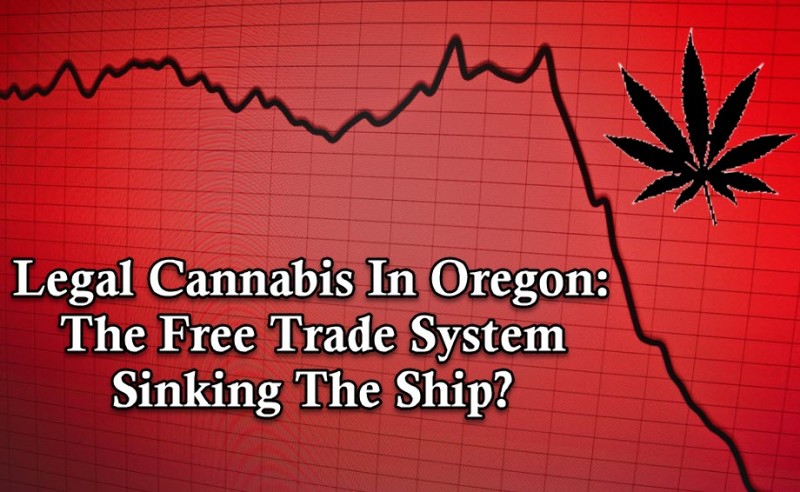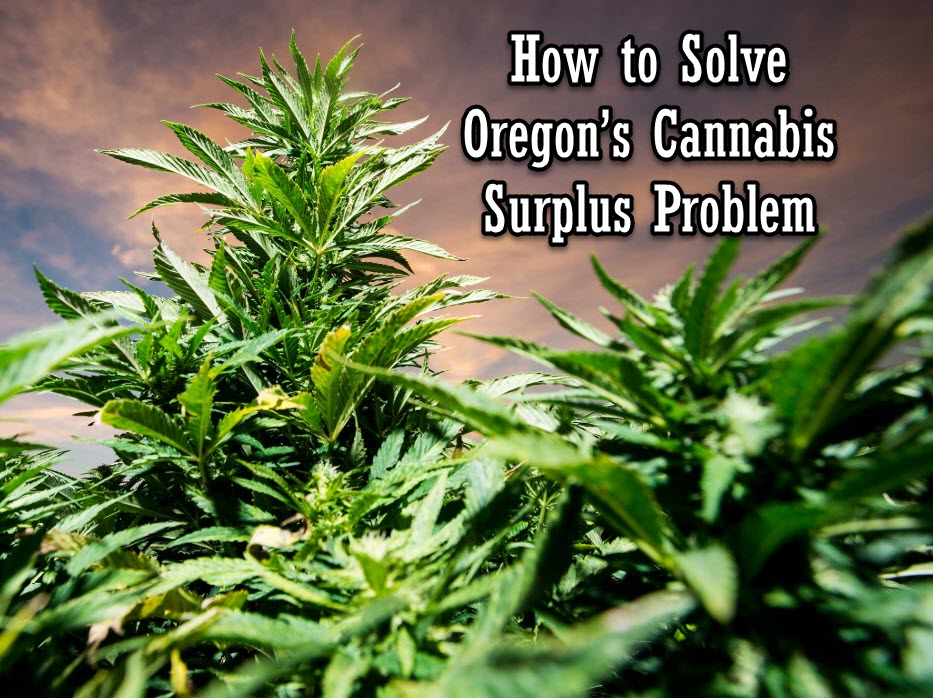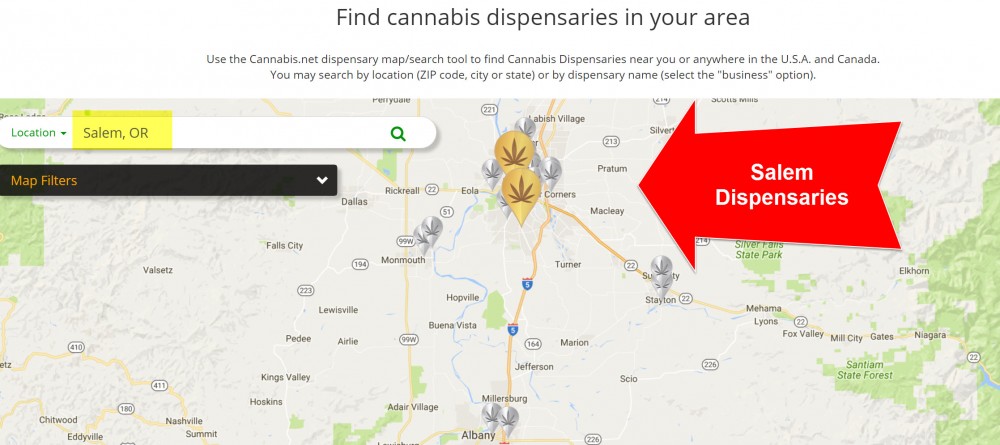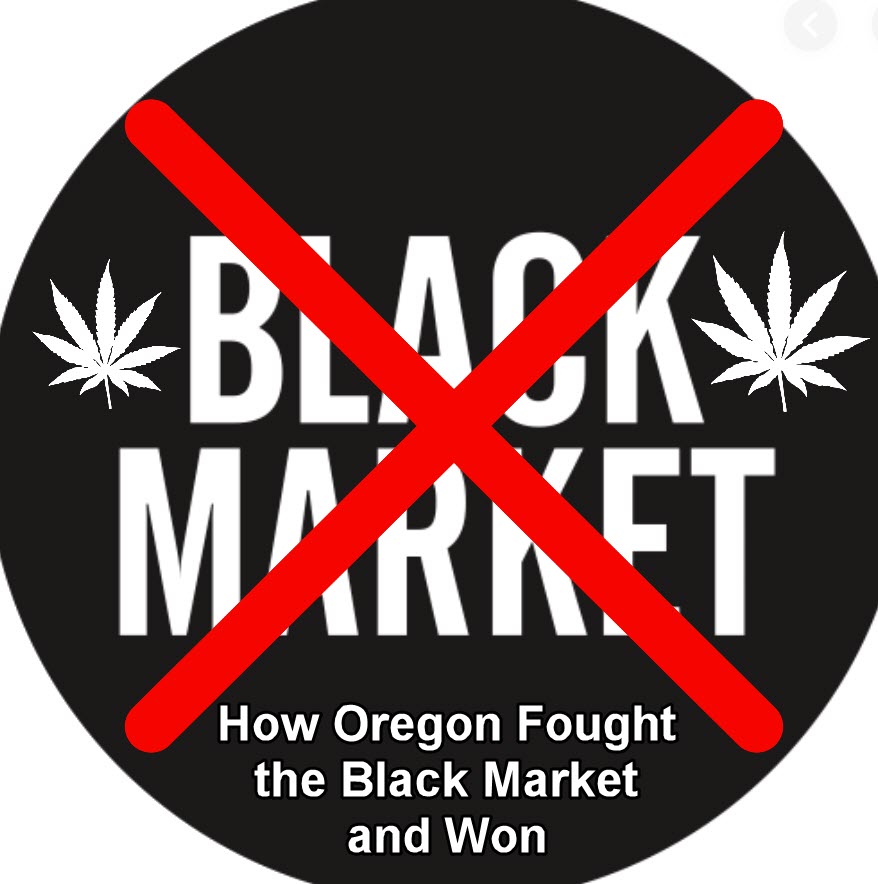Legal Cannabis In Oregon: The Free Trade System Sinking The Ship?
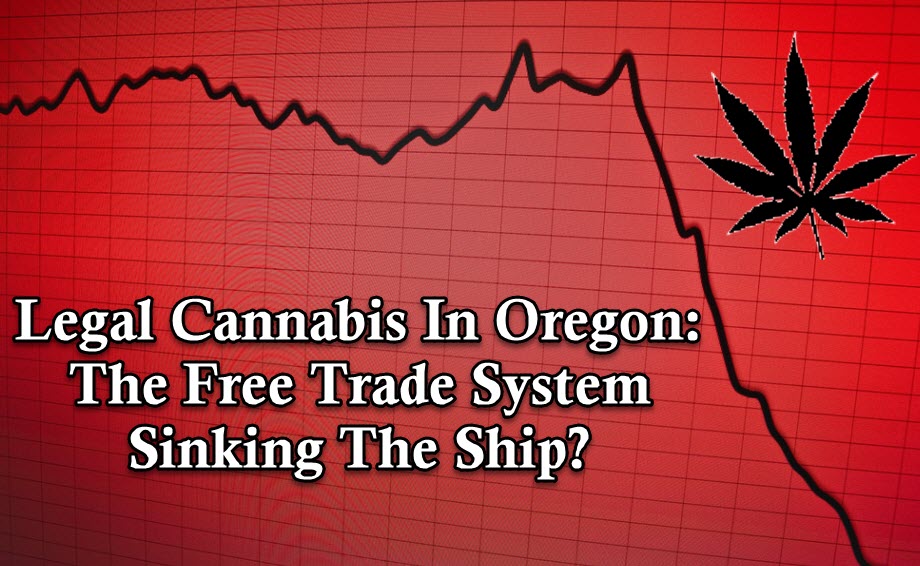
When Ian first told me that a pound of top shelf around here went for 600 a pop and pounds of B‘sters for 60, I had a hard time believing my ears. I’m from the east, down south region where the tea flows sweet, the drawl runs thick and the pounds start around 2 grand or so. Most people I know would dismiss such a statement as horseshit and discount its speaker a liar.
It’s no fairy tale though. There’s no trickery, no fabrication. The fish really is that goddamn big- especially in the state of Oregon, boasting 1 grow site per every 25 residents, which has seen a continuous growth glut since the state passed recreational cannabis laws some 3 years ago. Legalization, economically, was a smart move for Oregon. The state’s southern regions hosts some of the most ideal growing conditions one could hope for and since 1998 it’s shown a thriving above-ground medical marijuana industry, that has, over the years, blossomed into an oversaturated market of artisan growers that are both legal and illicit; so when the law-makers legalized recreational cannabis, they did something very wise- legalized an already existing industry. December 2018 over 1.3 million pounds of usable flower, (a 300,000 pound increase from 2017), was logged into the Oregon Liquor Control Commissions cannabis tracking system. The state currently boasts around 1,107 licensed producers with a further 900 wound up in the application process and there is no cap on the number of available licenses. It’s growing so much pot that plans to export it to California are being made. One report estimated that up to 70% of legal cannabis grown in the state remains unused. And we’re talking legal stuff here. Across the US last year, untold amounts of blackmarket bud was removed from the streets, much of it having suspectedly originated from Oregon.
Initially this sounds like any potheads paradise. 60 dollar pounds? Excess numbering in the 7-digit figures? It’s not as great as it seems though. There are many side effects that the states boom has produced and as great as it may sound to snag a 1 dollar pre-roll from an overstocked dispensary, the devil’s in the details.
As you might expect, good things have happened with the cash that’s been able to be raked in since the legislation change revolutionized the cannabis frontier. Upon its first distribution of the state’s cannabis tax revenue collection over 85 million dollars was doled out towards services that benefited the people. 40 percent of the collection divvied towards the state school fund, (that’s 34 million,) mental health, alcoholism and drug rehabilitation services raked in a cool 17 mil, the Oregon boys in blue allotted 12.75 million and even the Oregon Health Authority got a 5% slice, netting a 4.25 million deposit.
But there’s a problem. The state operates on a free-market approach and with no caps on licensing and out of state investment, they’ve successfully created a closed market that is hurting growers statewide. The Supply in Oregon has continued to skyrocket despite the demand remaining at a relatively even keel. In any situation, a supply that outweighs the demand holds the potential to send a ball of shit rolling downhill and smother all those who can’t seem to get out of it’s way quick enough.
No one wants to be covered in shit- this is bad news.
When supply is found in gross quantity prices bottom out as product shelves are filled, unable to be moved. The prices have bottomed out so heavily that one Southern Oregon company, High Desert Pure reported trying to move pounds for as little as 100$ per pound. Just a couple years ago the company could have counted on 25 times as much, higher in some places. Other companies are reporting staff downsizes of almost 75% and five-digit monthly losses.
One solution, proposed by the Oregon Liquor Control Commission is to simply do nothing. Sounds good right? Sit and wait, let the market even out on its own. Creative destruction will take over, is the theory. Businesses will fail, go belly up. Others may consolidate and eventually, equilibrium will be restored.
But what does this mean for small grow ups and the local artisan growers who can’t afford to toss their unsold crop at the end of each season? State codes demand that all unsold cannabis material be burned, or taken to a compost site. Should they burn it? Burn the ability to pay for their electric bill? To feed and clothe their family? In 2018 it was estimated that growers had to dispose of over 13,900 pounds, the equivalent of setting alight over 45 million dollars, and with the news outlets all bleating the dire warning of another recession looming, how can the government continue to pick the pocket of hardworking American men and women like this by starving them of what they’re due?
Many are choosing to ignore the demands imposed upon them and run the risk of lengthy prison sentences, recording their product as destroyed yet choosing to run the gauntlet and take their crop to states that can offer 2 to 3 grand a pound. People have a hard time destroying tens of thousands of dollars worth of product and naturally so.
It’s a tricky situation, for sure. In the fight for legalization, ground is swayed both ways, both forward and back and with both pros and cons.The Craft Cannabis Alliance, an Oregonian association dedicated to cannabis, is working on proposing a bill that will allow the state to export the herb by 2021, a bill that would effectively solve many of these problems, but until then I guess we all keep our fingers crossed in hopes that the Federal government ends the prohibition.
OTHER STORIES ABOUT OREGON YOU MAY ENJOY...
OREGON'S OVER SUPPLY PROBLEM, SOLVED, CLICK HERE.
OR...
SALEM ORGEON DISPENSARIES, CLICK HERE.
OR..
WHAT IS THE PRICE OF MARIJUANA IN OREGON, CLICK HERE.

